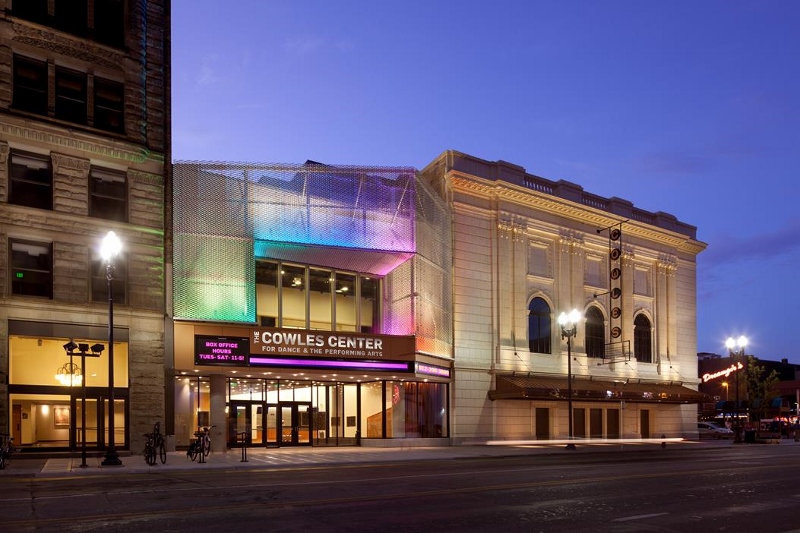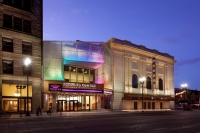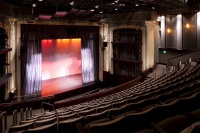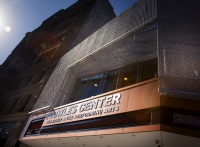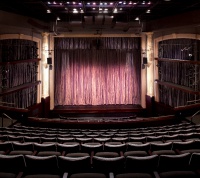Project Overview
BKBM provided structural and civil engineering services for The Cowles Center for Dance and the Performing Arts, a complex that unites two historic structures—Hennepin Center for the Arts and the Goodale Theatre (formerly the Shubert)—with a modern two-story addition. The project aimed to create a vibrant contemporary performance venue while preserving Minneapolis’ historic architecture.
Project Highlights
- Historic Building Move & Structural Assessment:
- Engaged from the outset, BKBM assessed the structural integrity of the Shubert Theater, a seven-story, 80’x80’ concrete and masonry structure, prior to its relocation.
- The Stage House was demolished, and the remaining building, weighing 2,500 tons, was moved to Hennepin Avenue—setting a Guinness World Record for the largest building moved on rubber-wheeled dollies.
- Designed the foundation at the new location and coordinated all aspects of the relocation.
- Adaptive Reuse & Modern Performance Spaces:
- Original balconies were demolished and rebuilt to meet contemporary sightline and performance requirements.
- New floors and stage were added to adapt the historic vaudeville hall for modern dance.
- Structural steel frame constructed from foundation to roof, bracing the building envelope during demolition and reconstruction, and supporting new balconies and interior walls.
- Roof reinforcements accommodate additional rigging, acoustical concrete, and snow drift loads.
- New columns were cast using molds from original historic columns.
- Contemporary Addition & Site Engineering:
- Two-story addition creates a new entrance, lobby, and public spaces.
- Upper level dance studio replicates the main stage, fully rigged for dance rehearsals and practice.
- Civil engineering included grading, stormwater management, and custom sewer systems to allow rooftop ponding and controlled runoff. A proprietary stormwater filter was used to meet city management requirements.
Engineering Solutions
BKBM’s innovative and collaborative approach ensured the seamless integration of historic and modern design. Complex bracing, foundation systems, and adaptive reuse strategies enabled the preservation and enhancement of two century-old buildings. Contemporary site and stormwater designs met LEED and MN B3 sustainability standards.
Results & Impact
The Cowles Center is a living legacy—uniting historic architecture with modern performance spaces to serve Minneapolis’ arts community. BKBM’s work made possible the preservation, adaptation, and sustainable function of two major historic landmarks, earning top industry honors and setting a precedent for engineering-driven historic preservation.


